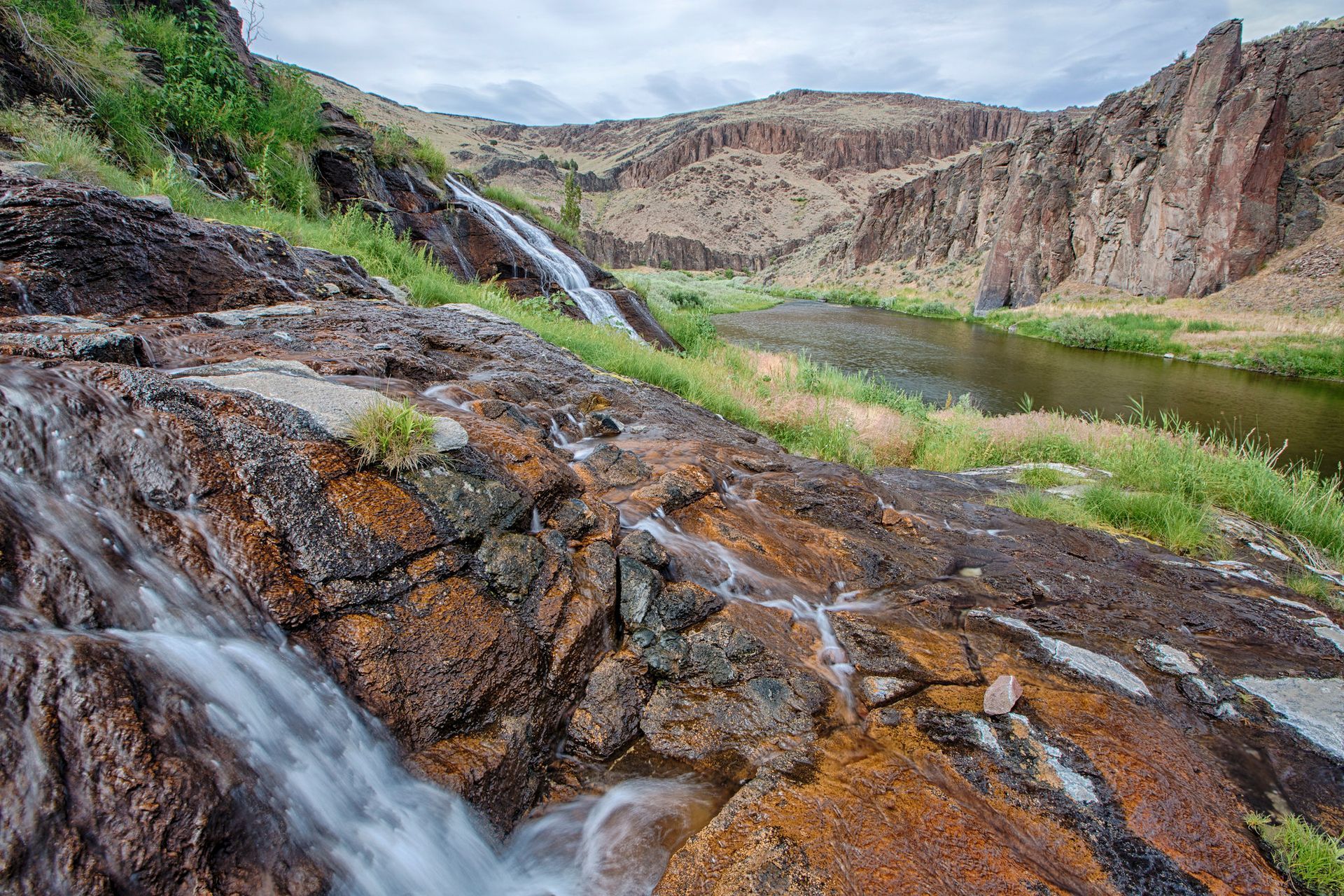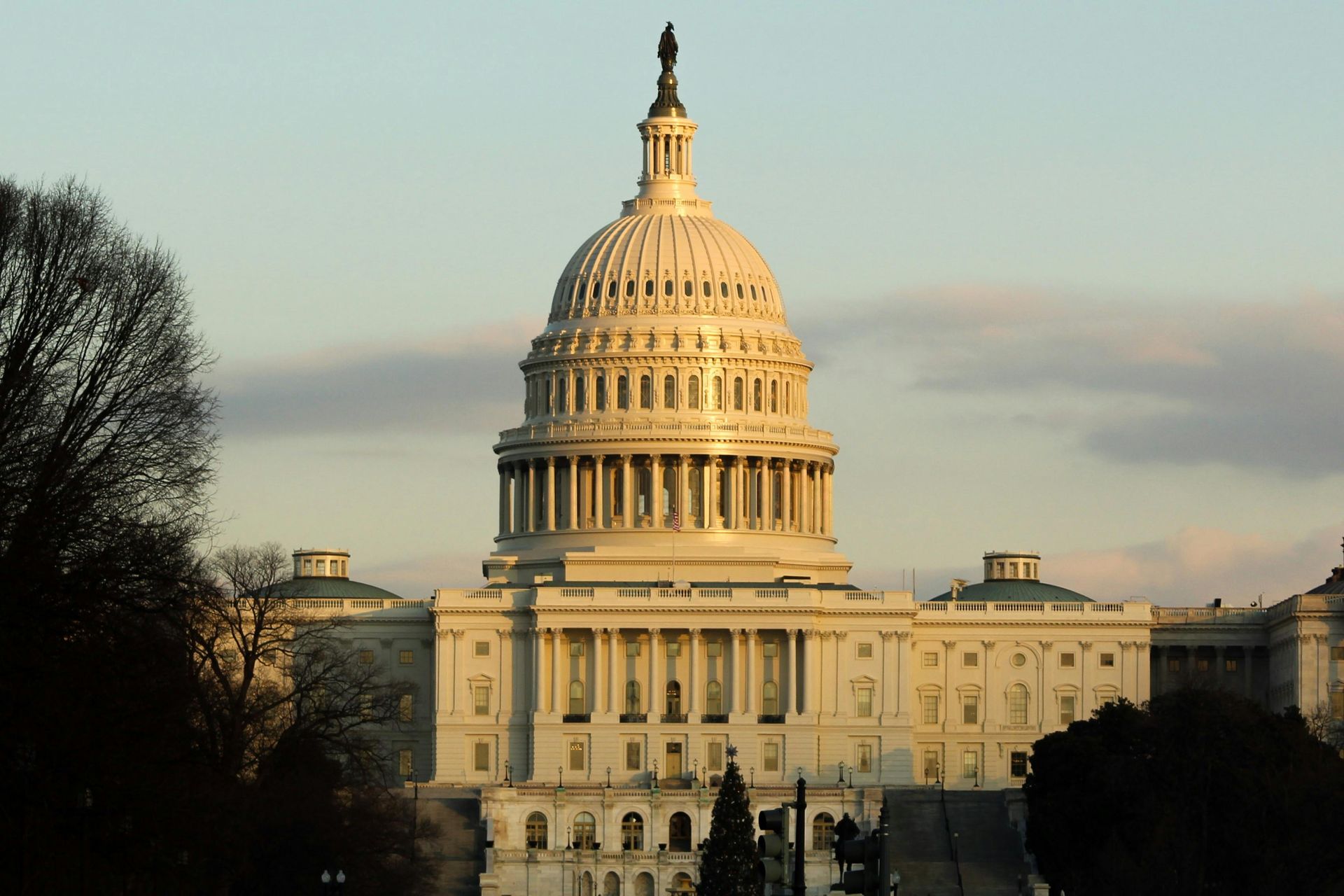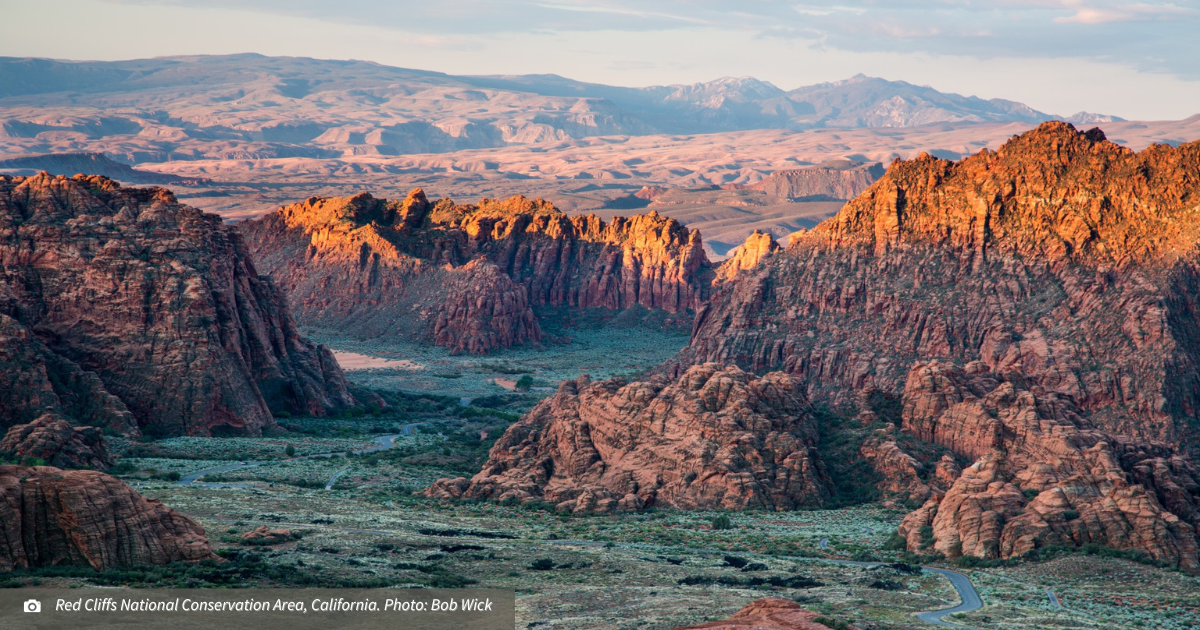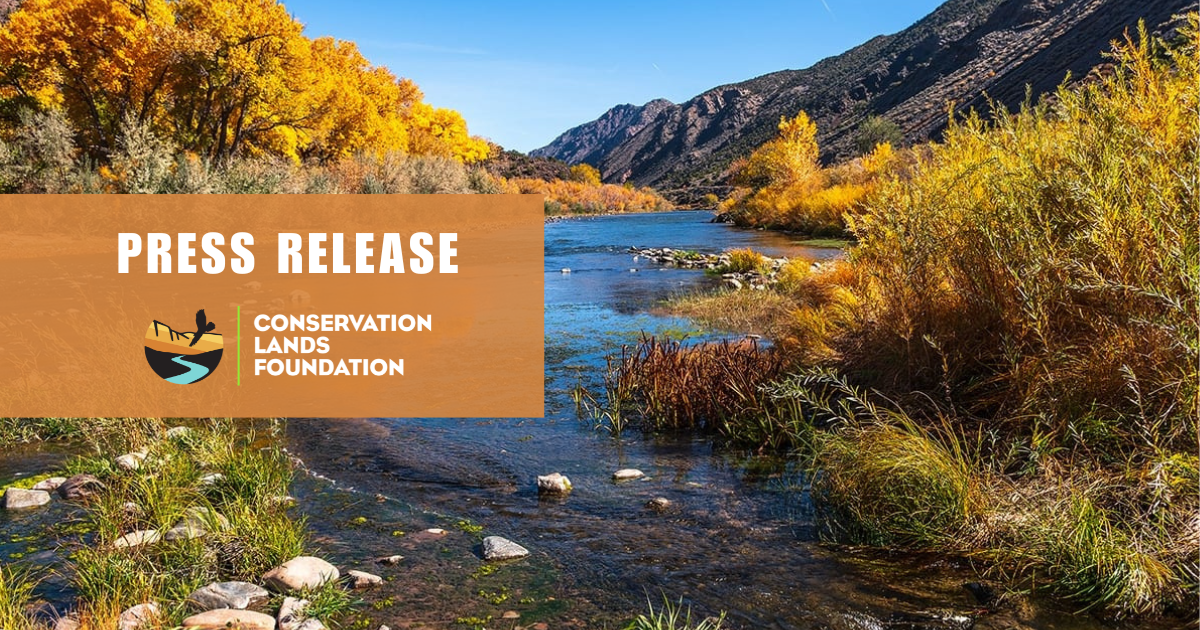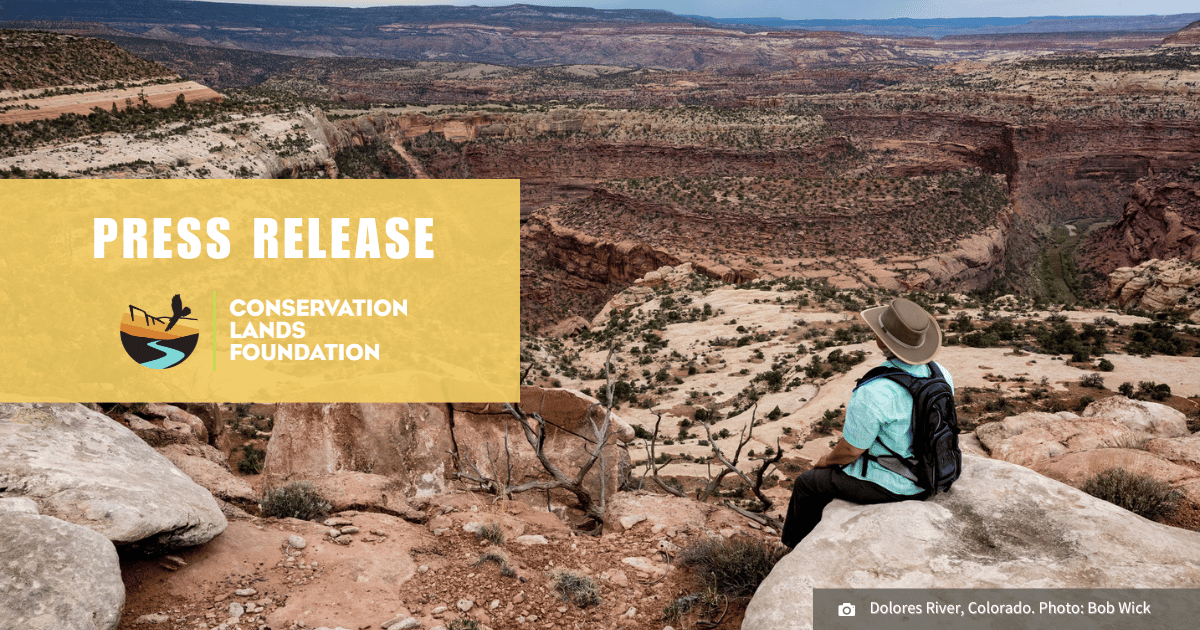Community Leaders in Action: Get Outdoors Nevada
Our Friends Grassroots Network works year-round to make a difference for America's National Conservation Lands. Today, we're spotlighting Get Outdoors Nevada, a nonprofit organization based in Las Vegas, Nevada that provides education and volunteer services.
Get Outdoors Nevada strives for community engagement in all they do, whether it's teaching kids about the desert, sharing stewardship opportunities on local parks and trails, or chatting with Nevadans and visitors at various events throughout the Las Vegas Valley. We sat down with Rachel Bergren, executive director of Get Outdoors Nevada, to chat about Get Outdoors Nevada's work and plans for 2023!

What’s something everyone should know about your organization?
Get Outdoors Nevada will celebrate our 23rd birthday this year! The organization was formed in 2000 by a group of passionate outdoor enthusiasts and community leaders who understood the critical link between our spectacular outdoor places and our quality-of-life in Nevada. Today, we remain as passionate as ever about Nevada's urban and natural outdoor spaces and we strive to provide opportunities to people of all backgrounds and ages to experience, learn about, and care for these special places!

Conservation Lands Foundation teamed up with Get Outdoors Nevada in Fall 2022 for a community-wide clean-up of the "Great Unconformity."
We were so excited to join Get Outdoors Nevada late last year for the Great Unconformity Clean-Up. How many tons of trash were removed?
The Great Unconformity is really special and we love introducing participants to the distinctive features of this unique landscape. Last year, we were pleased to host two community clean-ups at the Great Unconformity on September 17 and November 19. We had over 100 volunteers join us for these two events and the groups collected a combined 5,875 lbs of trash!
Can you tell our readers a bit more about this particular landscape and why it’s deserving of protection?
This special landscape contains unique cultural, geological, and biological resources, and it offers extraordinary potential for accessible and safe outdoor recreation and education opportunities to the community on the East side of Las Vegas Valley. Currently, residents in the northeastern section of the Valley have no easy access to natural areas for hiking, family picnics, or simply enjoying time immersed in nature. Get Outdoors Nevada is exceptionally proud to be working with a growing list of community partners to bring more attention and protection to this iconic landscape.
What was one of Get Outdoors Nevada’s proudest achievements in 2022?
We are proud of all that we accomplished with our partners and community members in 2022---it's impossible to pick just one!
Organizationally speaking, we are very proud and excited to have completed a new 3-year strategic plan in 2022! As part of the planning process, we updated our organizational vision and mission statements to reflect our evolution, growth and current work in the community. With respect to our programs, we were delighted to have robust program engagement in 2022, particularly for our education programs which were significantly impacted by the pandemic. In 2022, we delivered 344 education programs and 51 field trips, providing learning experiences for more than 12,000 participants, rebounding to pre-pandemic levels. In addition, we were proud to host 84 volunteer stewardship events engaging more than 3,800 volunteers and clearing more than 6.5 tons of trash from community parks and trails.
Finally, we were honored to serve as the official volunteer coordination partner for an Urban Heat Island Mapping Campaign led by the Southern Nevada Regional Transportation Commission. Through the campaign, volunteer teams were provided with custom sensors that collected temperature and humidity data as they drove pre-mapped routes through neighborhoods across the valley in the morning, afternoon, and evening. The data will be used to identify which neighborhoods experience hotter temperatures in Southern Nevada. Get Outdoors Nevada was excited to contribute to this unique project, which will help inform future policies and projects aimed at mitigating heat islands, lowering the risk of heat stress across the community, and ultimately supporting an environment that is safe, healthy and enjoyable for people to spend time outdoors.

Get Outdoors Nevada was proud to be a part of the campaign to protect Avi Kwa Ame National Monument, designated by President Biden in March 2023. Photo: Department of the Interior.
I’m sure Get Outdoors Nevada has big plans for 2023 - any ones we should know about?
We were proud to be a part of the Honor Avi Kwa Ame coalition, which worked to protect this sacred landscape in southern Nevada. We were thrilled that President Biden designated Avi Kwa Ame as a National Monument in March 2023, protecting this important landscape for future generations.
In addition, we recently merged our volunteer and education program operations in order to strengthen internal program integration. We believe that adopting an integrated approach to program planning, implementation, and evaluation will lead to better outcomes for our partners, program participants, and our staff and volunteers. As we head into 2023 with a new team structure and solid programs in place, we are looking forward to building on our work throughout the community in meaningful ways. In addition to sustaining our flagship programs, our plans include creating more native habitat corridors with our partners at the City of Las Vegas, providing more field trip opportunities for Clark County students to explore our public lands, and increased public outreach promoting opportunities to use, enjoy and care for our community's vast network of open spaces, parks and trails.
Finally, we are proud to continue our advocacy work in helping to develop a new National Monument campaign to protect important landscapes on the East side of Las Vegas.
Watch: Learn more about Get Outdoors Nevada's recent accomplishments in their Annual Report Video!
How can folks get involved with Get Outdoors Nevada? Any upcoming projects or events?
We offer a variety of learning and service opportunities to join us in the outdoors---we invite everyone to follow us on social media @getoutdoorsnv and check out our events calendar to learn more and to sign-up!
